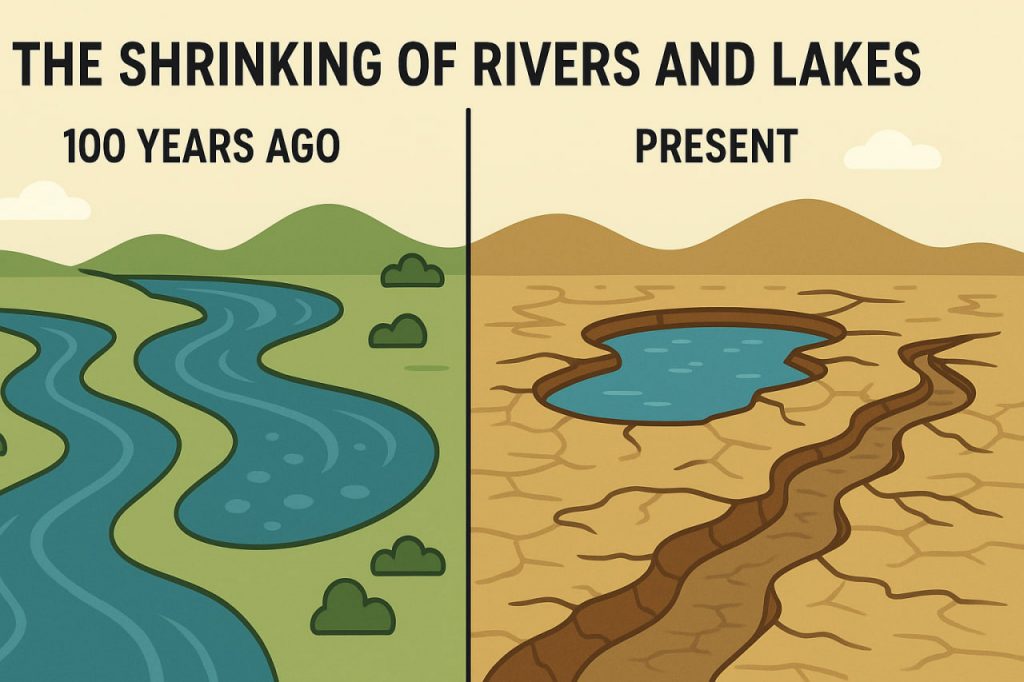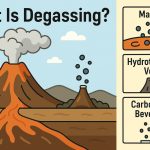Over the past century, many rivers and lakes worldwide have experienced significant shrinkage. The main causes include climate change, overuse of water for agriculture, urbanization, and dam construction. These human and natural factors often work together, accelerating the loss of water bodies.
Climate Change and Temperature Rise
Rising global temperatures have increased evaporation rates and altered precipitation patterns. In many regions, rainfall has become less predictable, with long droughts followed by sudden floods. This imbalance reduces the steady inflow of water that rivers and lakes depend on.
Agricultural and Industrial Use
Irrigation for agriculture consumes the largest share of freshwater globally. For example, the diversion of rivers for farmland has led to the near disappearance of the Aral Sea. Industrial development and mining also deplete and pollute water supplies, further contributing to shrinkage.
Dams and Water Regulation
The construction of large dams has drastically changed natural river flows. While dams provide hydroelectric power and water storage, they reduce downstream water levels, fragment ecosystems, and prevent natural seasonal flooding that sustains lakes and wetlands.
Case Studies
- Aral Sea (Central Asia): Lost over 90% of its volume since the 1960s due to river diversion for cotton irrigation.
- Lake Chad (Africa): Shrunk by more than 90% since the 1960s because of climate change and overuse.
- Colorado River (USA/Mexico): No longer reaches the sea in many years due to extensive water withdrawal.
- Po River (Italy): Experiences seasonal shrinkage, worsened by recent droughts.
Ecological and Human Consequences
Shrinking rivers and lakes lead to loss of biodiversity, as fish, birds, and plants lose their habitats. Communities that depend on these waters for drinking, farming, and fishing face economic decline. In some regions, conflicts over water resources have intensified.
Future Outlook
Without better management, many rivers and lakes will continue to shrink in the 21st century. Solutions include more efficient irrigation, restoring wetlands, reducing pollution, and international agreements on water sharing. Climate adaptation will also be critical to prevent irreversible losses.
Conclusion
The shrinking of rivers and lakes over the last 100 years reflects both human pressures and climate change. To preserve these vital ecosystems, urgent action is needed in sustainable water use, conservation, and global cooperation.
Glossary
- Evaporation – process where water turns into vapor and rises into the atmosphere.
- Irrigation – artificial watering of farmland.
- Hydroelectric power – electricity generated from flowing water.
- Biodiversity – variety of life in an ecosystem.
- Wetlands – areas where water covers the soil, such as marshes and swamps.
- Water diversion – redirection of rivers for human use.


